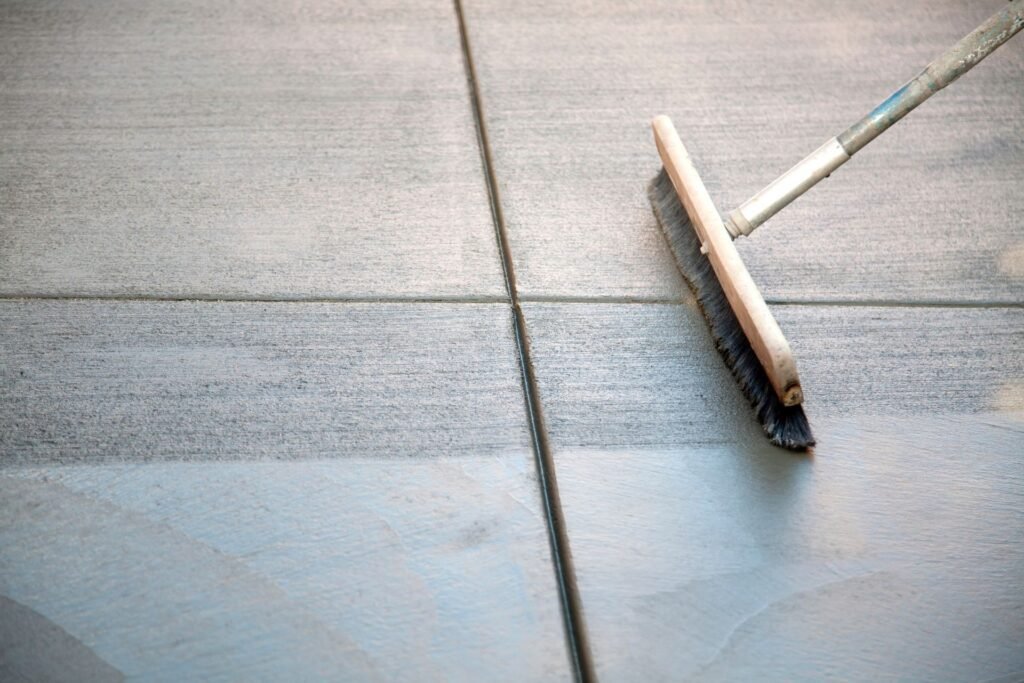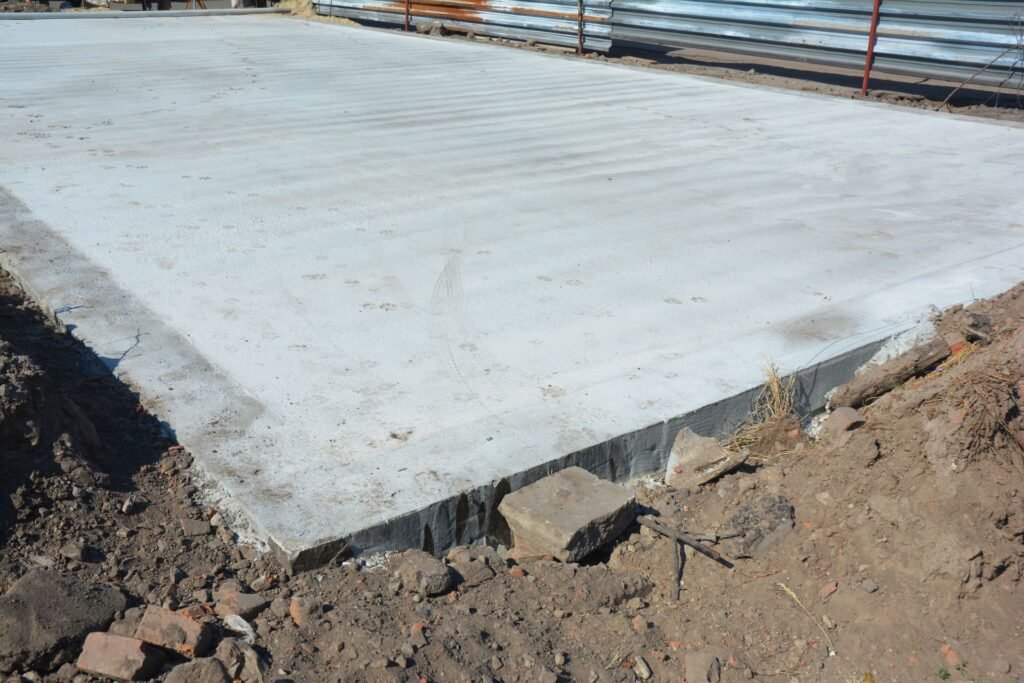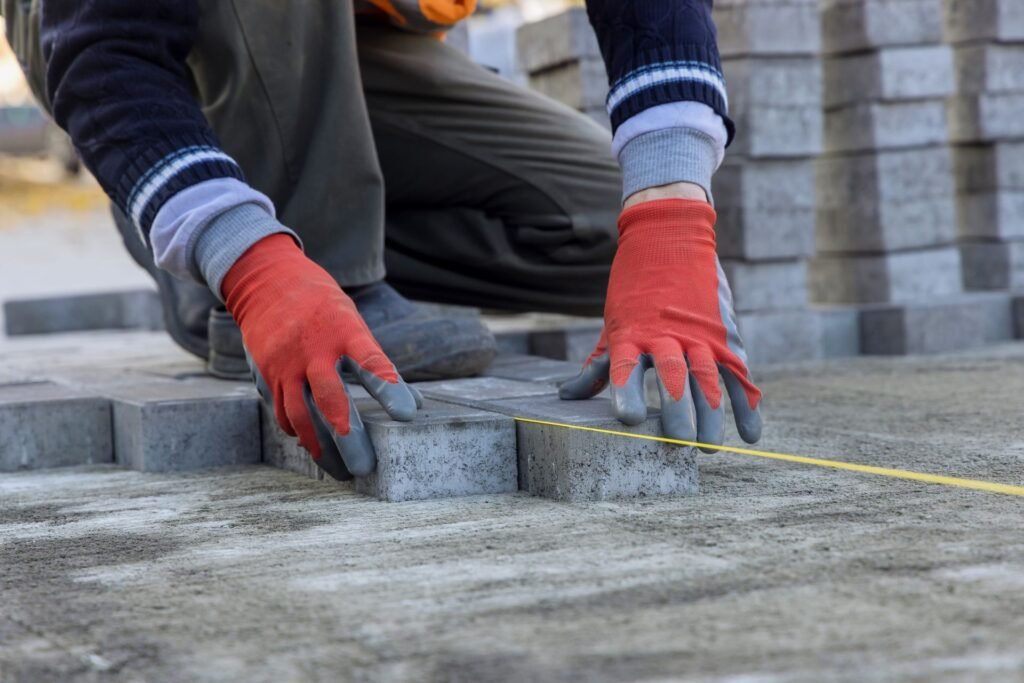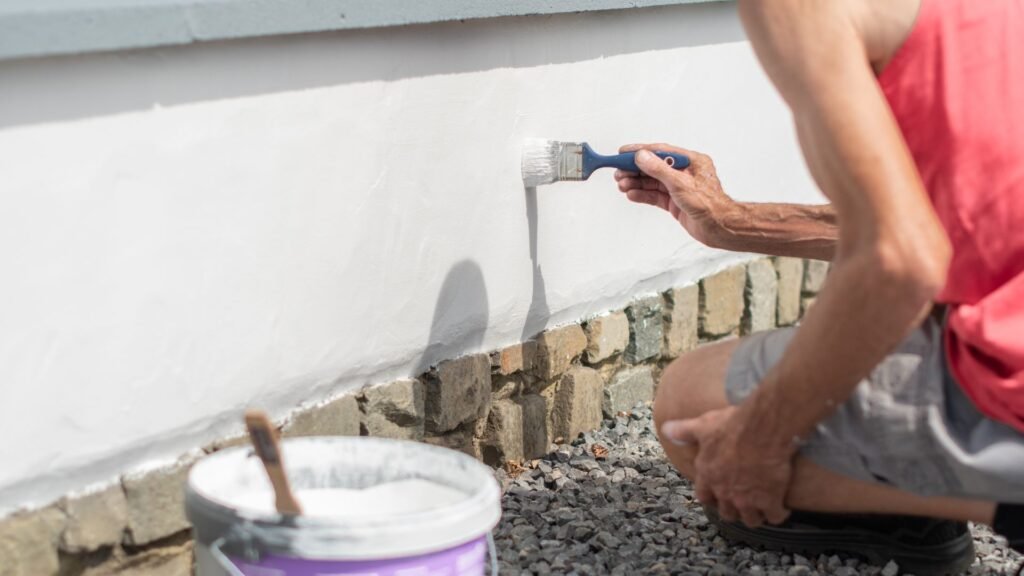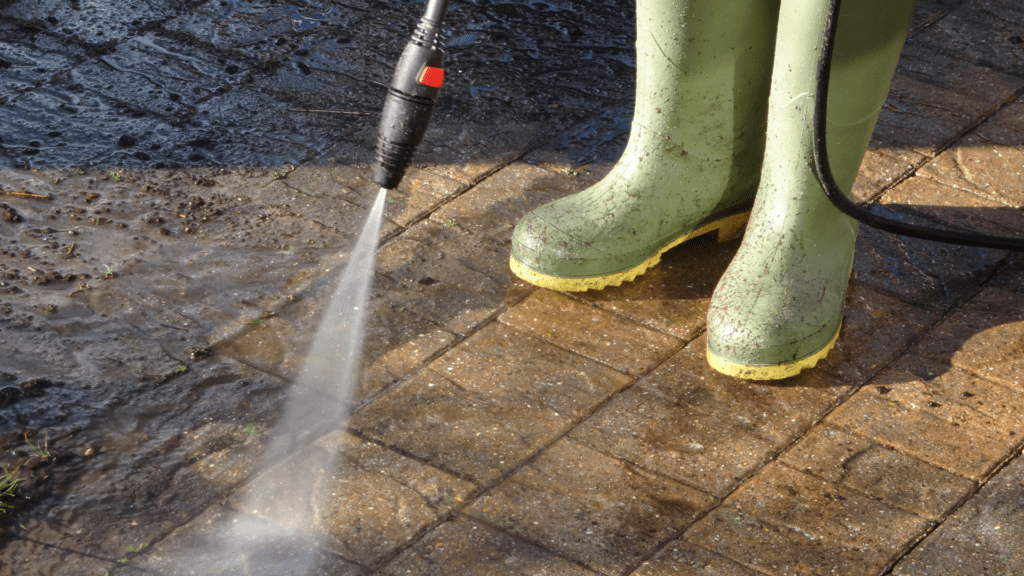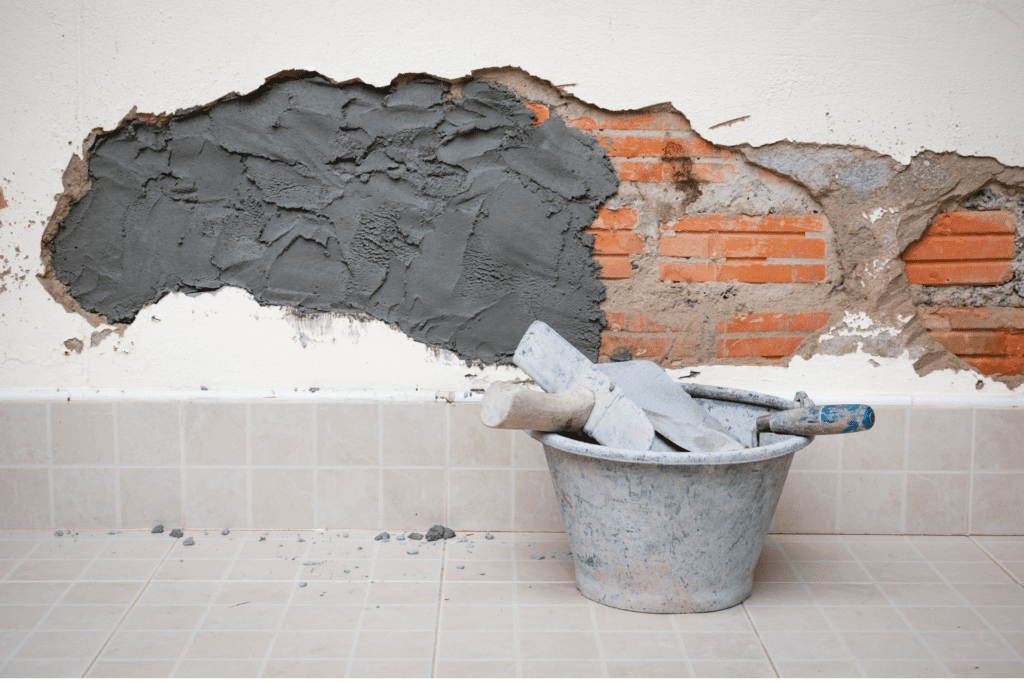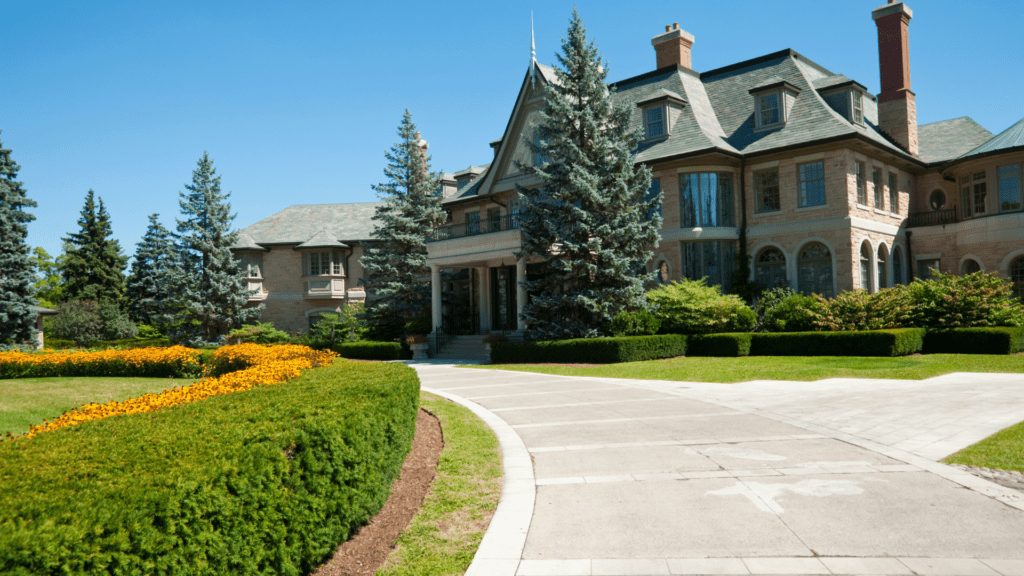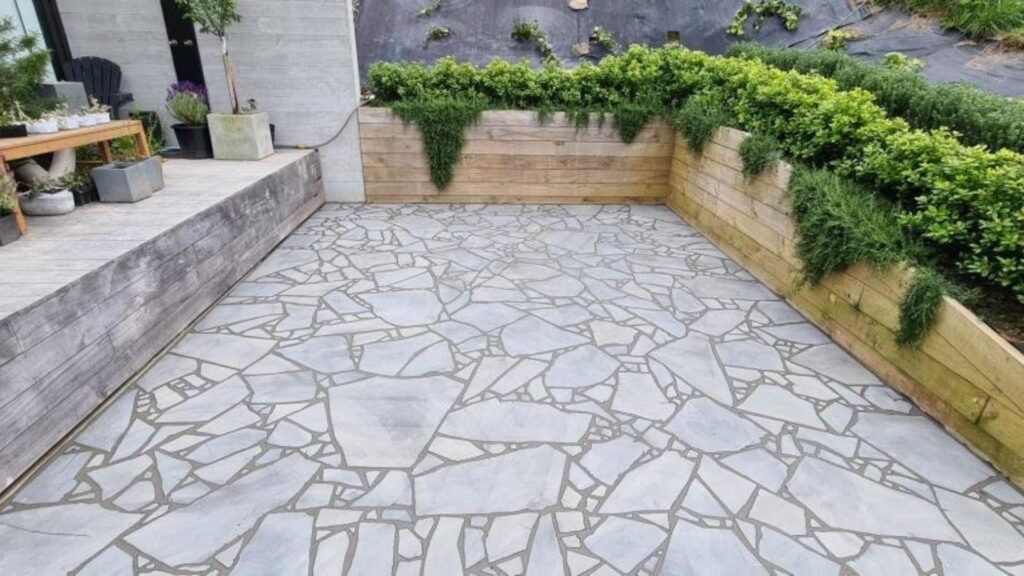Welcome to our comprehensive guide on choosing the right flooring for your New Zealand home. If you’re torn between installing a concrete slab or a timber floor, you’re not alone—these two popular options each have their own unique benefits and challenges, making the decision more complex than it might seem. In a country like New Zealand, where climate, lifestyle, and architectural style can vary widely, it’s essential to choose a flooring option that not only suits your home’s aesthetic but also meets your practical needs. In this article, we’ll dive deep into the pros and cons of concrete slab and timber flooring, explore how they perform in different environments, and provide you with the insights needed to make an informed decision that enhances both the comfort and value of your home.
A concrete slab and timber floor are both popular flooring options for New Zealand homes, each with distinct advantages. Concrete slabs offer durability, low maintenance, and excellent thermal efficiency, making them ideal for modern homes. Timber floors, on the other hand, provide natural warmth, comfort, and aesthetic appeal, suiting traditional or rustic designs. The best choice depends on your budget, climate considerations, and lifestyle preferences, with concrete being better for colder regions and timber offering a timeless, cozy feel.
Table of Contents
Understanding Concrete Slab Flooring
Concrete slab flooring is a popular choice for homeowners and builders alike, especially noted in New Zealand homes for its robustness and ease of maintenance. In this guide, we’ll delve into what concrete slabs are, their benefits, and some considerations to keep in mind if you’re contemplating this type of flooring for your home.
1. What is a Concrete Slab?
A concrete slab is a common structural element of modern buildings, consisting of a flat, horizontal surface made from a mixture of cement, water, sand, and gravel. This composite material is known for its strength and durability, making it an ideal choice for flooring.
- How it’s Made: The process of laying a concrete slab involves preparing the base, placing the concrete mix, and then finishing the surface uniformly. The concrete is first poured into a mold that is typically reinforced with steel bars or mesh to increase its tensile strength. After pouring, the surface is smoothed with trowels and other tools to ensure it is level and properly contoured.
- Popularity in New Zealand: In New Zealand, concrete slab flooring is particularly popular due to its durability and ability to withstand varied weather conditions. It is commonly used in both residential and commercial buildings.
2. Advantages of Concrete Slab Flooring
There are several compelling reasons to choose concrete slab flooring:
- Durability: Concrete floors are incredibly sturdy and can handle heavy foot traffic and the wear and tear of everyday life without showing much damage. They are known to last for decades without the need for replacement.
- Thermal Efficiency: Concrete has excellent thermal mass properties, meaning it can absorb and retain heat, helping to stabilize indoor temperatures. In a country like New Zealand, where temperatures can vary significantly, this can lead to energy savings, especially when combined with underfloor heating systems.
- Low Maintenance: Concrete slabs are very low maintenance, requiring only regular cleaning and occasional sealing to keep them looking their best.
- Pest Resistance: Unlike wooden flooring, concrete does not attract pests such as termites, making it an excellent option for areas prone to such infestations.
3. Disadvantages of Concrete Slab Flooring
Despite its many benefits, there are a few drawbacks to consider:
- Cold Underfoot: Concrete can be cold underfoot, particularly in the cooler months, a notable drawback in cooler climates like New Zealand’s. This can be mitigated by pairing the flooring with area rugs or using in-floor heating.
- Hard Surface: The hard nature of concrete may not be suitable for all households. Families with young children or elderly residents might find the lack of cushioning a downside, as it can be unforgiving with falls or drops.
- Aesthetics: While concrete can be finished in various ways to enhance its appearance, some might find its natural, often industrial look less warm and welcoming compared to other flooring options like wood or carpet.
In summary, concrete slab flooring offers a mix of durability, efficiency, and style that makes it a viable option for many, though it comes with considerations that should be weighed carefully against the needs and preferences of the household. Whether you’re building a new home or renovating, understanding the properties and potential of concrete slab flooring will help you make an informed decision.
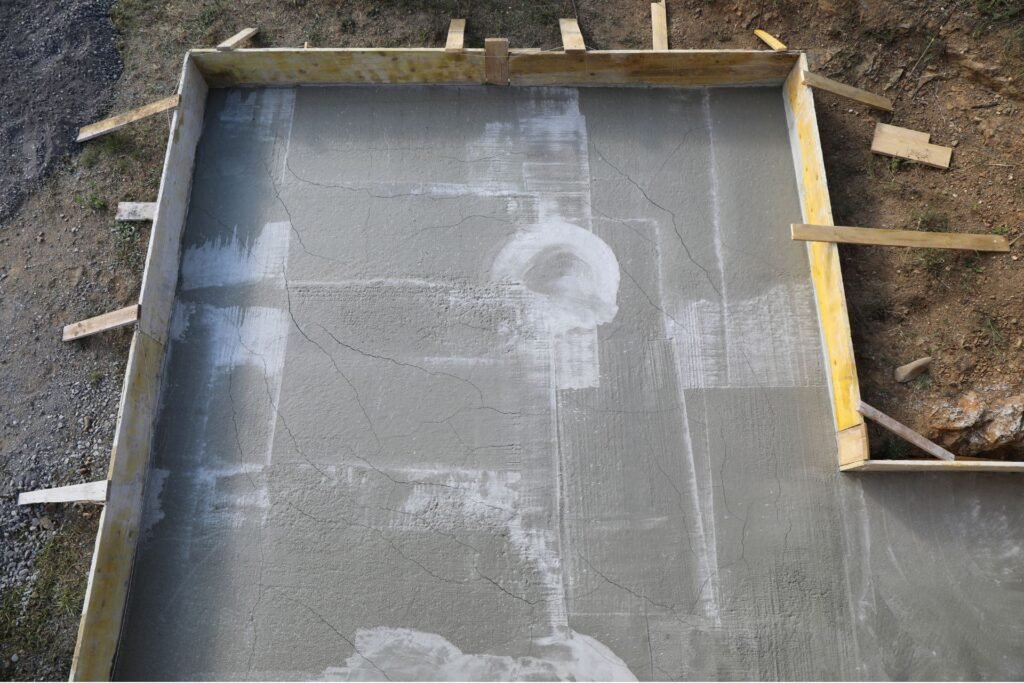
Understanding Timber Floor
Timber flooring, a popular choice for homeowners in New Zealand, combines aesthetics, comfort, and durability. This guide explores what timber flooring is, the benefits it offers, and some considerations you should keep in mind before choosing this type of flooring for your home.
What is Timber Flooring?
Timber flooring refers to any flooring made from wood materials. In New Zealand, the most common types of timber flooring include:
- Hardwood Flooring: Sourced from deciduous trees, hardwood floors are prized for their durability and long lifespan. Species like oak, maple, and black walnut are popular choices.
- Engineered Wood Flooring: This is made by bonding layers of plywood together, topped with a thin layer of real hardwood. Engineered wood is stable and less susceptible to shrinking and expanding with changes in humidity than solid hardwood.
Construction and Installation of Timber Floors
The process of installing timber floors typically involves several steps:
1. Preparation of the Subfloor: This must be clean, dry, and level to ensure a quality finish.
2. Installation: Depending on the type of wood and the room’s specifics, timber can be glued, nailed, or clicked together in a floating floor installation.
3. Finishing: After installation, the floor may need to be sanded, stained, and sealed to protect it from wear and enhance its natural beauty.
Advantages of Timber Flooring
Opting for timber flooring brings several advantages that make it a worthwhile investment for many homeowners:
- Aesthetic Appeal: Timber floors offer a timeless elegance that can enhance the visual warmth of any space.
- Comfort: Wood floors are naturally warmer and softer underfoot than options like concrete or ceramic tile, making them comfortable to walk on.
- Insulation Properties: Timber is an excellent insulator, helping to keep your home warm in the winter and cool in the summer, which can lead to energy savings.
- Versatility: With a wide range of wood types, finishes, and styles available, timber flooring can be easily matched to any home decor style.
Disadvantages of Timber Flooring
While timber flooring has many benefits, there are also some disadvantages to consider:
- Maintenance: Wood floors require regular maintenance, including polishing and refinishing, to keep them looking their best and prevent damage.
- Vulnerability to Moisture: Timber can be susceptible to water damage, which can cause warping, swelling, or even termite issues if not properly managed.
- Cost: High-quality timber flooring is generally more expensive than other flooring options like laminate or concrete. However, its durability and aesthetic appeal can justify the investment for many.
Timber flooring is a beautiful, versatile choice for your home but requires some maintenance and initial cost outlay. By weighing the aesthetic benefits against the practical considerations, you can decide if timber flooring is the right choice for your living space. Whether you choose the rich warmth of solid hardwood or the engineered stability of layered wood, timber floors can elevate the comfort and value of your home.
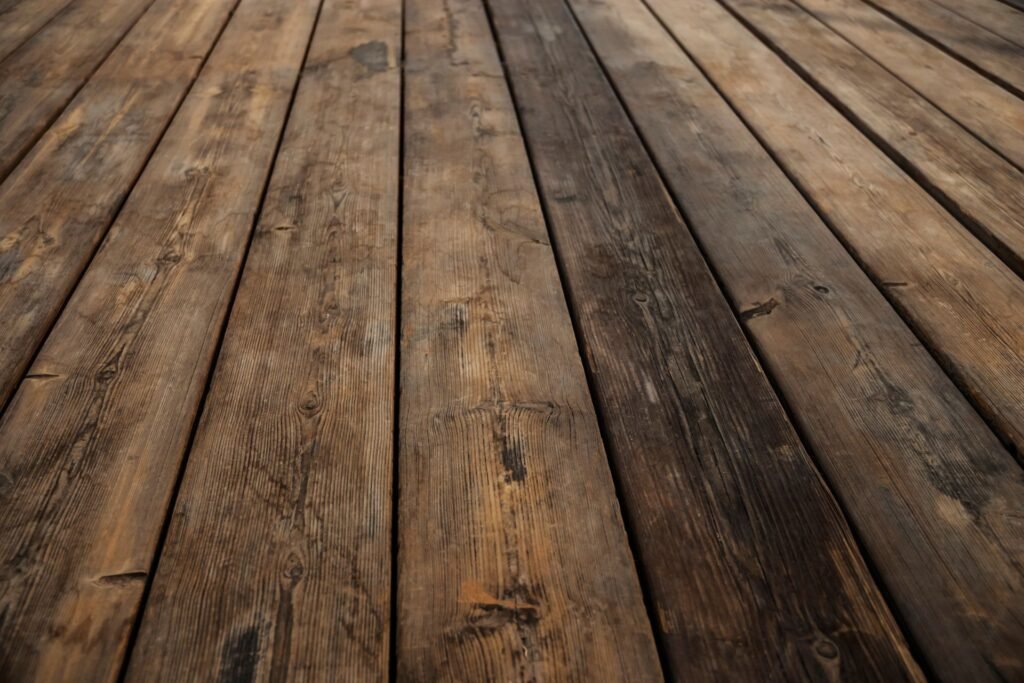
Comparing Concrete Slab And Timber Floor In NZ
When it comes to selecting the right flooring for your home in New Zealand, two popular options often come to mind: concrete slabs and timber floors. Each has unique characteristics that make them suitable for different environments, budgets, lifestyles, and aesthetic preferences. In this detailed comparison, we’ll explore how each flooring type stands up to New Zealand’s diverse climates, cost considerations, lifestyle impacts, and sustainability factors.
Climate Considerations for Flooring in New Zealand
- Concrete Slabs: Concrete slab floors are particularly advantageous in colder regions of New Zealand. Due to their thermal mass, concrete slabs can absorb and retain heat during the day, gradually releasing it at night. This can help maintain a more consistent indoor temperature, reducing the need for additional heating. However, in regions where temperatures can vary widely, concrete can sometimes feel cold underfoot without adequate heating systems such as underfloor heating.
- Timber Floors: Timber flooring, on the other hand, offers a more versatile performance across different New Zealand climates. In coastal areas, where humidity levels are higher, timber can expand and contract. This natural flexibility makes it a durable option as long as it is properly sealed and maintained. Timber’s natural insulating properties also make it a warm choice in both temperature-controlled and naturally fluctuating environments.
Cost Comparison Between Concrete Slab and Timber Flooring
- Initial Costs: Generally, the initial installation cost of a concrete slab can be lower than that of timber flooring, especially when considering the price of raw materials and the labor-intensive installation required for timber. Concrete slabs require a simpler installation process, which can be more cost-effective, particularly in new construction settings.
- Long-Term Costs: Over time, the cost benefits of each flooring type can vary. Concrete floors are typically low-maintenance and durable, potentially reducing long-term costs associated with repairs and replacements. Timber floors, while requiring more regular maintenance such as sanding and resealing, offer the advantage of long-term sustainability by enhancing a home’s energy efficiency and comfort levels.
Lifestyle and Aesthetic Preferences
- Concrete Slab: For those who prefer a modern, minimalist look in urban settings, concrete slab flooring is an excellent choice. Its sleek, smooth surface provides a clean aesthetic that pairs well with contemporary home designs. Additionally, concrete’s durability and ease of maintenance make it a practical option for busy households.
- Timber Floor: Timber flooring offers a timeless appeal, providing a warm, inviting atmosphere that can complement a wide range of interior designs—from rustic rural homes to elegant coastal retreats. The natural grain and color variations in wood make each floor unique, adding character and warmth to any space.
Sustainability of Concrete Slab and Timber Floors
- Concrete Slab: The production of concrete is energy-intensive and contributes significantly to CO2 emissions. However, there are eco-friendly alternatives available, such as recycled concrete, which can help mitigate environmental impacts. Additionally, the longevity and durability of concrete reduce the frequency of replacements, contributing to its sustainability.
- Timber Floor: Timber is a renewable resource, and when sourced responsibly, it represents a highly sustainable flooring option. The use of certified sustainably sourced timber helps in maintaining the health of forests and reduces the carbon footprint associated with deforestation. Furthermore, timber’s natural properties can improve indoor air quality and energy efficiency, making it an eco-friendly choice for conscientious homeowners.
In conclusion, both concrete slab and timber flooring offer distinct advantages for New Zealand homeowners. By carefully considering your specific needs related to climate, cost, lifestyle, and environmental impact, you can choose the flooring option that best suits your home and values. Whether you lean towards the robust, modern appeal of concrete or the warm, traditional feel of timber, each provides a solid foundation for creating a welcoming and sustainable home environment.

Case Studies And Examples In NZ
New Zealand’s diverse climate and unique architectural style have significantly influenced the choices homeowners make regarding their home’s foundation and flooring. In this detailed exploration, we delve into two popular flooring options in New Zealand homes: concrete slab and timber floors, focusing on their design, functionality, and homeowner satisfaction. Through a series of case studies and real-life examples, this article aims to provide a comprehensive overview of these flooring types in the context of New Zealand living.
1. Concrete Slab Flooring in New Zealand Homes
Concrete slab flooring is a prevalent choice among New Zealand homeowners due to its durability and thermal efficiency. This type of flooring is particularly favored in regions that experience varied weather conditions, as it excellently retains heat in the winter and keeps interiors cool in the summer.
Design and Functionality
Concrete slab floors offer a modern and sleek aesthetic that can be seamlessly integrated into various architectural designs, from contemporary to traditional. The simplicity of concrete flooring provides a blank canvas for homeowners to experiment with different interior decorations and furniture layouts. Additionally, its smooth, unbroken surface contributes to a sense of openness and fluidity within the home.
Homeowner Satisfaction
Feedback from homeowners who have opted for concrete slab floors often highlights the low maintenance and long-term durability as significant benefits. The ability to install underfloor heating systems also adds a layer of comfort that is highly appreciated in colder months. Moreover, concrete’s robust nature makes it an ideal choice for families with pets or children, as it withstands heavy foot traffic and potential spills and stains.
Real-Life Examples
In Auckland, a newly constructed bungalow features polished concrete floors that complement its minimalist architecture, enhancing the natural light through large, floor-to-ceiling windows. Another example in Wellington shows a renovated villa where stained concrete floors harmonize with rustic wooden accents, showcasing the versatility of concrete in different design contexts.
2. Timber Flooring in New Zealand Homes
Timber floors are synonymous with warmth and character and are extensively used in New Zealand homes for their natural beauty and timeless appeal.
Aesthetic Appeal
The aesthetic versatility of timber flooring is one of its most attractive features. Whether it’s a glossy finish or a matte, rustic look, timber can be tailored to suit any style preference. The natural grain patterns of wood add depth and texture to rooms, making each floor unique.
Practicality
Timber flooring is not just about good looks; it’s also highly practical. Wood is naturally warm underfoot, making it comfortable throughout the year. It’s also relatively easy to clean and maintain, which is crucial for busy households. Over time, timber floors can be sanded and refinished, which allows homeowners to refresh their spaces without the need for a complete floor replacement.
Homeowner Satisfaction
Many homeowners cherish the warm, inviting ambiance that timber floors create. The feedback often centers around the ease of blending timber floors with various interior design themes, from modern to eclectic. The durability and ease of repair are also frequently mentioned, with many appreciating how minor damages can be easily remedied with spot treatments or refinishing.
Real-Life Examples
In Christchurch, a classic villa features beautifully restored kauri pine floors that highlight the home’s historic charm while offering a durable surface for modern family life. Another example in Queenstown uses recycled Rimu timber flooring, providing a sustainable option that adds rich color and history to a new home construction.
Whether it’s the robustness and modern appeal of concrete slab floors or the natural beauty and classic charm of timber floors, New Zealand homes showcase a range of preferences that cater to various lifestyles and aesthetic desires. Each flooring type offers unique benefits and can be seen in numerous real-life applications across the country, highlighting their suitability for the New Zealand way of life. This exploration not only reflects the practical and aesthetic considerations of Kiwi homeowners but also underscores the broader architectural trends in the region.

Making The Decision – Concrete Slab Or Timber Floor?
When it comes to building or renovating your home, one of the critical decisions you’ll face is choosing between a concrete slab and a timber floor. This decision can significantly impact both the budget and the overall feel of your home. In this section, we delve into the essential factors that can help you make an informed choice that aligns with your long-term living needs and aesthetic desires.
Key Questions to Ask Yourself
Before deciding between a concrete slab and a timber floor, consider the following checklist of questions to guide your decision:
- Budget: What is your budget for the flooring? Concrete slabs can be more cost-effective initially but factor in the costs of finishes and potential future maintenance.
- Aesthetic Preferences: What style are you aiming for in your home? Timber floors offer warmth and a classic look that can suit many styles, while concrete provides a modern, sleek appearance.
- Maintenance and Durability: Are you prepared for the upkeep required for timber floors? Do you need a floor that can handle heavy traffic?
- Climate Considerations: Does your local climate dictate a certain type of flooring? Concrete floors can offer better thermal mass in colder climates, while timber might be preferable in warmer, drier areas.
- Long-term Goals: Are you planning to stay in your home for many years, or is resale value a significant consideration? The choice of flooring can affect both your enjoyment and the home’s market appeal.
Professional Advice
Given the substantial investment involved and the impact on your home’s comfort and functionality, consulting with a professional is advisable. For residents in New Zealand, reaching out to a local builder or flooring specialist can provide insights tailored to your specific situation. These professionals can offer advice on:
- Local climate impacts on flooring choices.
- The best materials suited for your area’s environmental conditions.
- Long-term maintenance needs and potential costs for each type of flooring.
Final Thoughts
To summarize, both concrete slab and timber floors offer unique advantages. A concrete slab is durable, provides excellent thermal mass, and can be less expensive in the long run when considering maintenance and durability. On the other hand, timber floors bring a warm, traditional aesthetic to your home and can be easier on your feet and warmer to the touch.
Ultimately, the best choice depends on your individual needs, preferences, and circumstances. Consider your options carefully, consult professionals, and choose a flooring solution that aligns with your home’s design goals and your family’s lifestyle needs.
By thoughtfully considering each of these aspects, you’ll be well on your way to making a choice that enhances the value, beauty, and functionality of your home for years to come.

FAQs: About Concrete Slab Vs Timber Floor NZ
What are the main differences between a concrete slab and a timber floor?
A concrete slab is a solid, durable surface made of poured concrete, offering excellent thermal mass and low maintenance. A timber floor, on the other hand, is made of natural wood planks, providing warmth, comfort, and a classic aesthetic. The choice between the two depends on factors like climate, budget, and personal preference.
Which flooring option is more cost-effective in New Zealand?
Concrete slabs typically have a lower initial cost compared to high-quality timber floors. However, timber floors can add more value to a home due to their aesthetic appeal. Long-term costs should also be considered, as concrete requires less maintenance, while timber may need refinishing and polishing over time.
How does climate impact the choice between concrete slab and timber floor in NZ?
In colder regions of New Zealand, concrete slabs can retain heat, especially when paired with underfloor heating. However, they may feel cold underfoot without heating. Timber floors offer better natural insulation, making them more comfortable in both coastal and inland areas where temperatures fluctuate.
Is concrete slab flooring suitable for homes in earthquake-prone areas of NZ?
Yes, concrete slab flooring is often recommended for earthquake-prone areas due to its solid foundation and ability to distribute structural loads evenly. However, proper construction techniques must be used to ensure safety and minimize potential damage.
Can timber floors withstand New Zealand’s humid climate?
Timber floors can perform well in humid climates if the wood is properly treated and maintained. Engineered wood is often a better choice in high-humidity areas because it is less likely to warp or swell compared to solid hardwood.
Which flooring option is more environmentally friendly?
The environmental impact of each option depends on sourcing and production methods. Timber floors made from sustainably sourced wood are generally more eco-friendly than concrete slabs, which have a higher carbon footprint due to the cement production process. However, recycled concrete can reduce the environmental impact of concrete slabs.
What are the maintenance requirements for concrete slabs and timber floors?
Concrete slabs require minimal maintenance, mainly involving occasional cleaning and sealing. Timber floors, however, need more regular upkeep, including polishing, refinishing, and protection from moisture to prevent warping and damage.
How does the choice between concrete slab and timber floor affect home resale value in NZ?
Both options can enhance resale value, but timber floors often have a higher perceived value due to their timeless appeal and versatility. However, modern and minimalist homes may benefit more from the sleek, durable look of concrete slabs.
Can underfloor heating be used with both concrete slabs and timber floors?
Yes, underfloor heating can be used with both types of flooring. Concrete slabs are particularly effective at retaining and distributing heat. Timber floors can also accommodate underfloor heating, but it’s essential to use a system compatible with wood to prevent warping.
What are some popular design trends for concrete slab and timber floors in NZ homes?
For concrete slabs, polished or stained finishes are popular, offering a sleek, industrial look. Timber floors are often favored in natural, rustic finishes or painted for a contemporary style. Both options can be customized to match various interior design trends, from modern minimalism to cozy, traditional aesthetics.
Conclusion
When wrapping up discussions on home improvement, it’s essential for readers to carefully consider all aspects of their renovation projects. I always encourage you to weigh the pros and cons meticulously—this decision-making process is crucial to ensuring you’re completely satisfied with your home upgrades. If you have any questions or need more tailored advice, don’t hesitate to leave a comment below or reach out directly. I’m here to help guide you through your home transformation journey. Moreover, if you’re seeking further inspiration or practical tips, consider subscribing to our blog. By doing so, you’ll gain access to a wealth of information on topics ranging from home construction to interior design, all with a special focus on New Zealand’s unique architectural style. Explore our related posts for more insights and ideas that can turn your house into the home of your dreams.
About the Author:
Mike Veail is a recognized digital marketing expert with over 6 years of experience in helping tradespeople and small businesses thrive online. A former quantity surveyor, Mike combines deep industry knowledge with hands-on expertise in SEO and Google Ads. His marketing strategies are tailored to the specific needs of the trades sector, helping businesses increase visibility and generate more leads through proven, ethical methods.
Mike has successfully partnered with numerous companies, establishing a track record of delivering measurable results. His work has been featured across various platforms that showcase his expertise in lead generation and online marketing for the trades sector.
Learn more about Mike's experience and services at https://theleadguy.online or follow him on social media:



